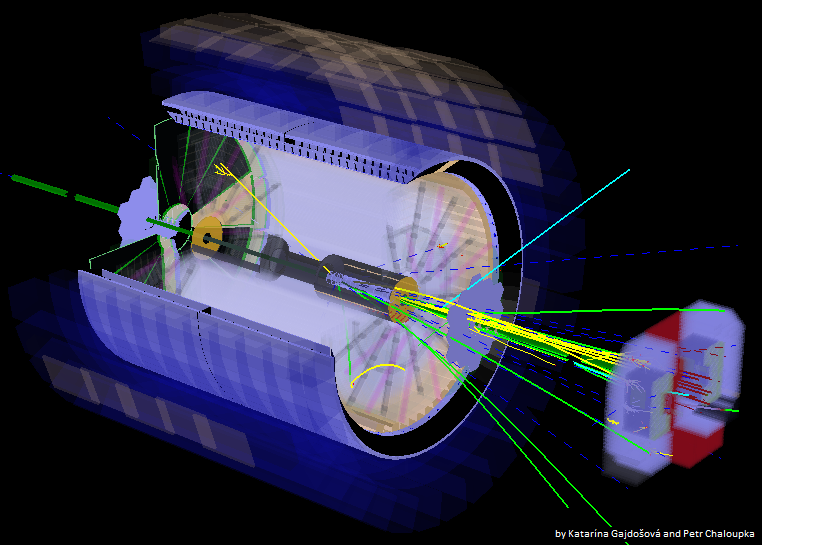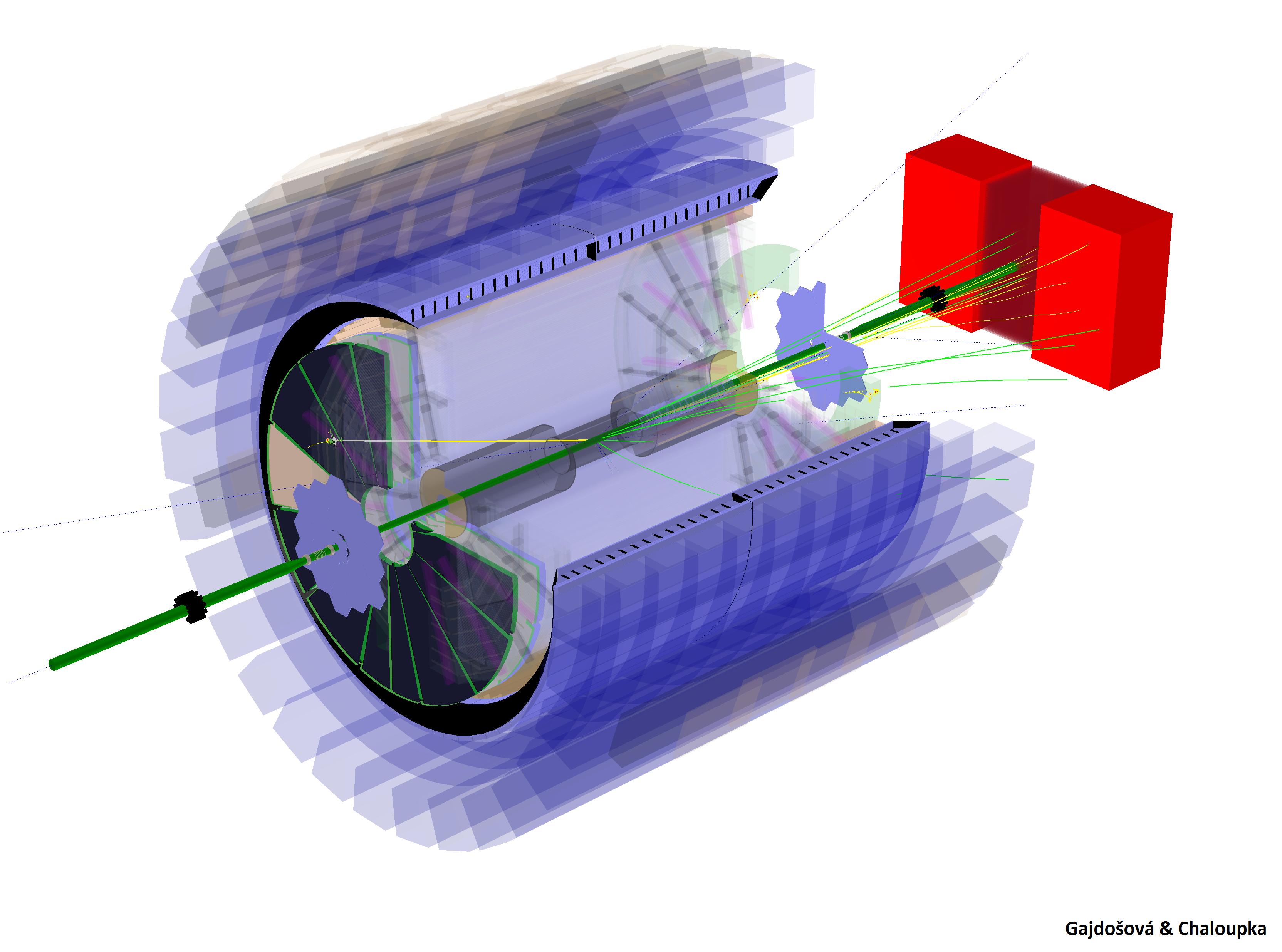eSTAR LoI Draft
eSTAR LoI v31 a few clean-up, 10/05/2013
eSTAR LoI v30 with improved figure quality compared to v28, 09/30/2013
v28, for submission 09/29/2013
v23, implement comments from Collaboration, ALD and PHENIX, 09/26/2013
v17, to the collaboration, 09/16/2013
zip file for all figures used in eSTAR LoI 09/24/2013
v14 to the eSTAR LoI committee -- 09/15/2013
Executive summary - initial draft dated 09/13/2013
Latest verion in 09/09/2013, eSTAR-LoI_v9 - comments sought and welcome, preferrably by 09/12/2013
Second draft dated: 08/26/2013 9AM
https://drupal.star.bnl.gov/STAR/system/files/eSTAR-LoI_draft_v1.pdf
First draft dated: 08/25/2013 9PM
https://drupal.star.bnl.gov/STAR/system/files/eSTAR-LoI_draft_v0.pdf

high resolution version:
